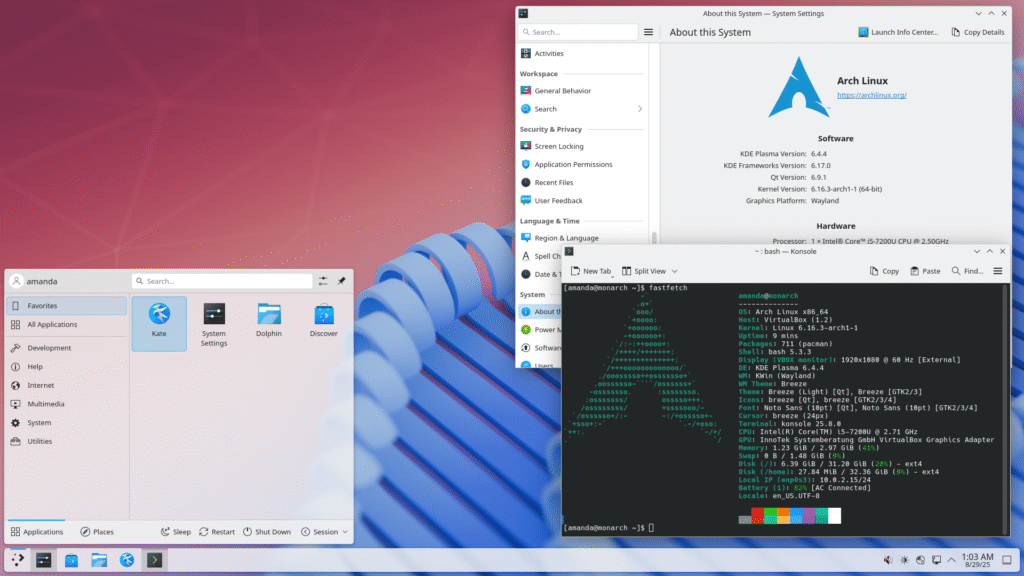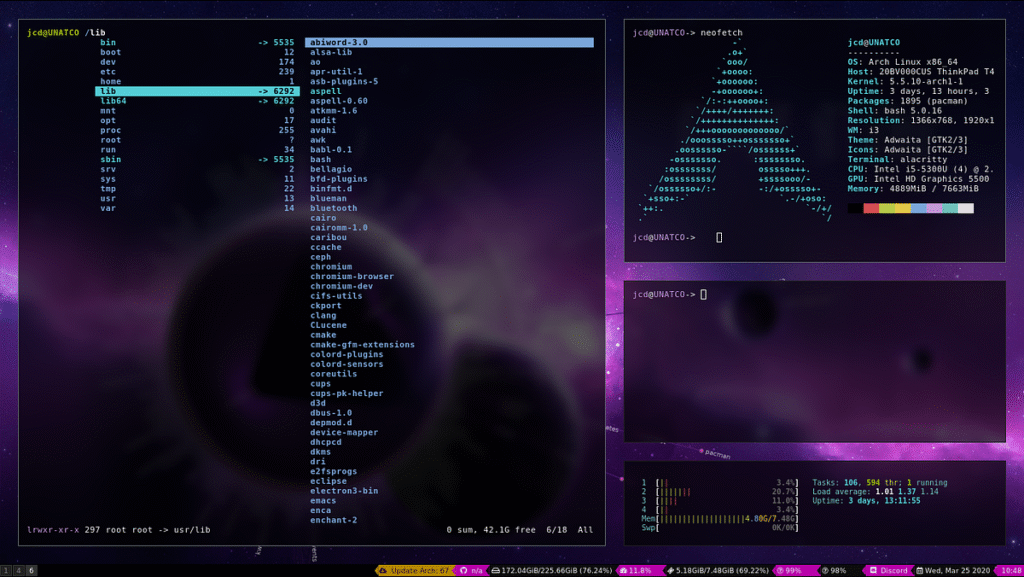By Jordan Gloor
Published 2 hours ago
Jordan started writing technology guides in 2020, but his technology and writing experience extends far and wide. As a kid, he learned object scripting through the MS-DOS game engine ZZT, and he later taught himself the basics of Python programming. He’s repaired his own smartphones, hosted home cloud servers, and revived old computers with Linux.
Prior to getting started at How-To Geek, Jordan published articles for MakeUseOf about Linux commands, free and open-source software, and online privacy. Beyond technology, he’s also professionally written on agriculture business for Ozarks Farm & Neighbor, edited proposals for non-profits, and presented at a writer’s conference on superheroes and culture.
Jordan earned a bachelor of arts in English in 2016, and he’s coached college students on writing effectively and utilizing education technology. He also wrote and edited product descriptions for an e-commerce store for four years.
These days you’ll find Jordan hosting movie streaming simulcasts with his friends over Discord, building VR-ready gaming PCs, or reviewing the latest Wi-Fi routers. You can follow him on Mastodon.
Here is a fact-based summary of the story contents:
The popular Arch Installer script, more commonly known by its package name archinstall, got an update this week that will make installing Arch Linux a little bit easier for those who don’t have a wired connection to the internet.
Specifically, archinstall version 3.0.13 makes connecting to Wi-Fi during installation easier. Developer Daniel Girtlera developed a dedicated Wi-Fi connection menu for archinstall that automates activating the Wi-Fi adapter and getting a list of networks to easily connect to.
Previously, if you had no Ethernet connection, you had to put in some work to get a wireless connection. You needed to use a series of iwctl commands to identify your Wi-Fi adapter, enable it, scan for networks, and connect to a known SSID.
This feature was actually requested in the archinstall issue tracker all the way back in 2023, so this Wi-Fi interface has been a long time coming.
That wait might have its origins in the fact that a user interface for Wi-Fi connections is more complicated than you might expect. In the release notes, Girtlera wrote about some challenges with its development:
When implementing it it became clear that curses already has challenges with inputs of non ASCII characters which was “okay” for the existing inputs such as username and password configurations. But for existing wifi passwords that most likely contain a special character beyond ASCII it will not work. It could be run in raw mode but it would require more customisations and handling.
Therefore I opted to introduce textual https://textual.textualize.io. It currently lives alongside the curses implementation and is only used for the new Wifi connection menu which is only triggered if archinstall is run in offline mode and wpa_cli can be run/enabled successfully.
If this is a good way forward and accepted I will migrate existing menus over from curses to textual.
The Python-based archinstall script has been around since 2021 when developers decided to address the issue of how difficult Arch is to install manually. That fact had played a role in the “I run Arch BTW” meme where folks using an Arch device do a lot of unsolicited gloating about it. Indeed, it’s no small task installing the operating system by hand, so to speak, but the archinstall script and this Wi-Fi-centered addition to it undeniably helps.
To use archinstall, head to the Arch Linux downloads page and get an image file. You can burn it to a USB drive and live boot it, at which point you can run the archinstall script by simply entering this command:

archinstall
Then you use its menu of setup options to start configuring your new system before you launch the full installation.
Source: archinstall GitHub via Phoronix
Source: https://www.howtogeek.com/arch-linux-is-getting-easier-to-install/
